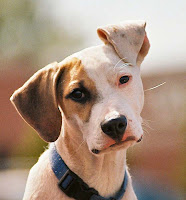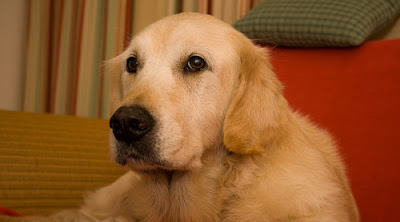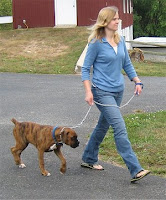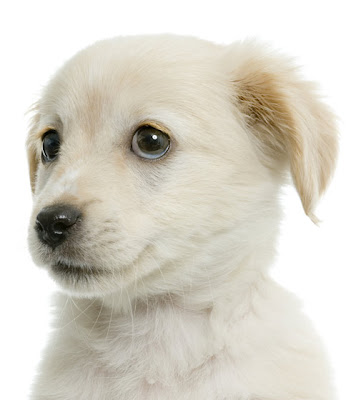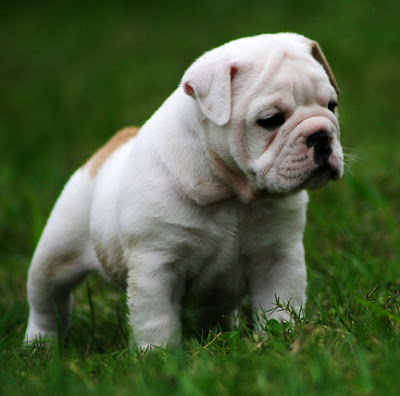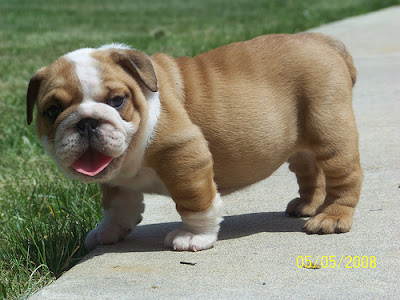101 Dog Training Tricks book review is here!!! It is the largest trick book on the market and the only one presenting full-color photos of each trick and its training steps. The step-by-step approach, difficulty rating, and prerequisites, allow readers to start training immediately. Tips and trouble-shooting boxes cover common problems, while "build-on" ideas suggest more complicated tricks which build on each new skill. No special tools (such as clickers) or knowledge of specific training methods are required.
Trick training is a great way to bond with your dog and help him integrate into your family. It keeps him mentally and physically challenged and helps to establish paths of communication between you.
Many tricks build skills needed for common dog sports, dog dancing, and dog therapy work. It's every dog lover's privilege that Kyra and Chalcy took time from their performing schedule to share their secrets in 101 Dog Tricks.
Trick training is a great way to bond with your dog and help him integrate into your family. It keeps him mentally and physically challenged and helps to establish paths of communication between you.
"All I can say is WOW!!! This book is very well done, the pictures are so clear and colorful. A great book for beginners or professional trainers.
Each trick is detailed with easy to follow instructions.
I have been a trainer for 30 years and have never found a book like this one!
I am just very impressed!
Kudos to Kyra Sundance and her performing dog, Chalcy!"
Debbie Abbenante
"I received this book as a Mother's Day gift from my sons. I train my dog for competition obedience and they thought I might like to have some "fun" things to train. The book is fantastic! There are lots of pictures and easy, step by step instructions for every trick! I love the way the tricks are categorized as being easy, intermediate, advanced and expert, there are tricks for dogs at every skill level. Also, for each trick the prerequisites are listed, some troubleshooting questions and answers and a small section called 'Build On It' that explains how you can build on, or improve, the featured trick! This book is a wonderful addition to my training library! You'll love it!" by Jennifer HSo, how will you rate this book the 101 Dog Tricks? really hope this review will help you all in deciding whether you'll buy it or not.












